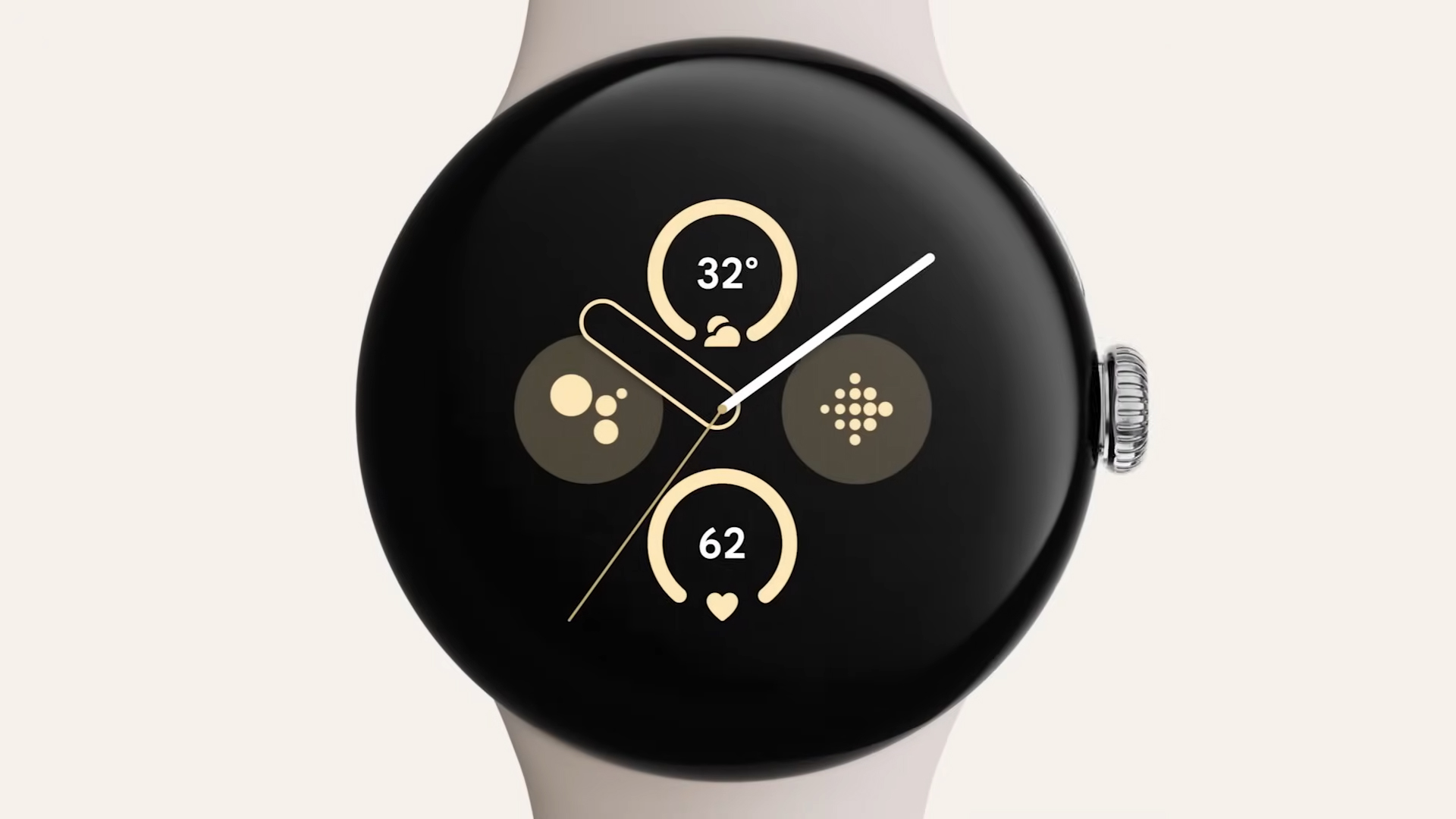Google Pixel Watch 2 teaser reveals new design and sensors, and an IP68 rating

Google's next Pixel launch event isn't until Wednesday, October 4, but the tech giant has already been dropping hints about what to expect – and the latest of these comes in the form of a brief teaser video for the Pixel Watch 2.
The teaser video (via The Verge) reveals more about the smartwatch the more you look at it. What's clear immediately is that the aesthetics of the device have been tweaked somewhat, with the digital crown apparently sitting more flush with the screen.
Take a closer look at the back of the Pixel Watch 2 in this video and you'll see that the sensors have a different arrangement compared with the original Pixel Watch. We can't get any of the specifics from this brief clip, but it would seem upgrades are on the way.
Talk of new sensors has appeared before, and one possibility is that the Pixel Watch 2 borrows the continuous electrodermal activity sensor from Fitbit, which can track your stress levels constantly throughout the day.
IP68 rating
If you're really paying attention, you'll notice that the video also shows an IP68 rating on the back of the Pixel Watch 2. The original was waterproof down to 50 meters for 10 minutes – the 5ATM standard for swimproofing – but it would appear that dust protection has now been added as well.
One last snippet of information: the small text down at the bottom of the video confirms that Pixel Watch 2 preorders will be available on October 4, the same date that Google has booked in its hardware launch event for.
With almost a full month to go before the Pixel Watch 2 is revealed alongside the Google Pixel 8 and the Google Pixel 8 Pro, there will probably be more of these hints and teases to come for both the wearable and the smartphones.
Sign up for breaking news, reviews, opinion, top tech deals, and more.
As for previous rumors, one of the most significant changes we're expecting with the Pixel Watch 2 is a processor upgrade. Not only would that mean snappier performance from the wearable, it should also lead to improved power efficiency and better battery life.

Dave is a freelance tech journalist who has been writing about gadgets, apps and the web for more than two decades. Based out of Stockport, England, on TechRadar you'll find him covering news, features and reviews, particularly for phones, tablets and wearables. Working to ensure our breaking news coverage is the best in the business over weekends, David also has bylines at Gizmodo, T3, PopSci and a few other places besides, as well as being many years editing the likes of PC Explorer and The Hardware Handbook.